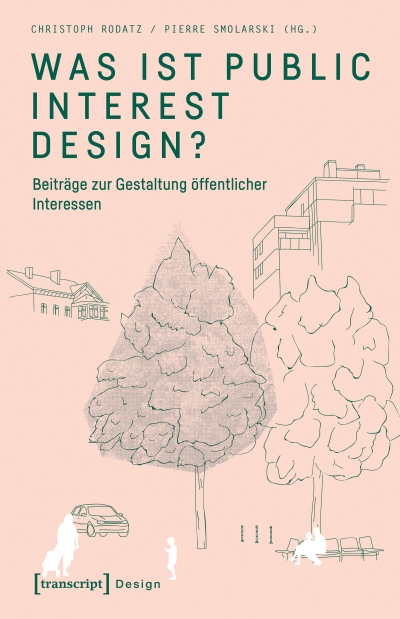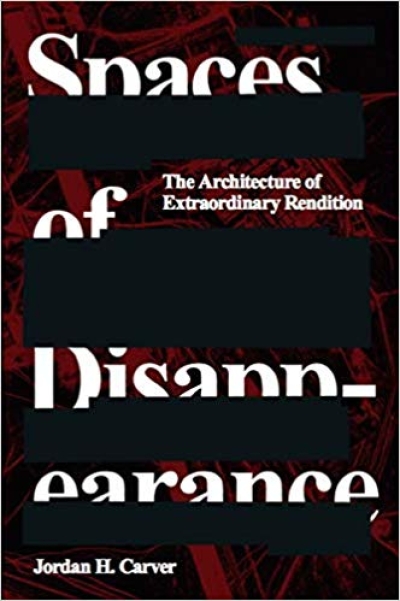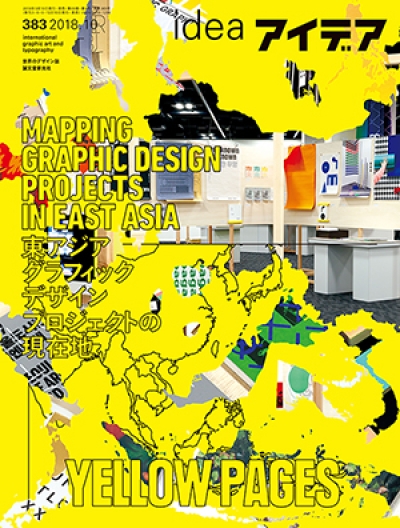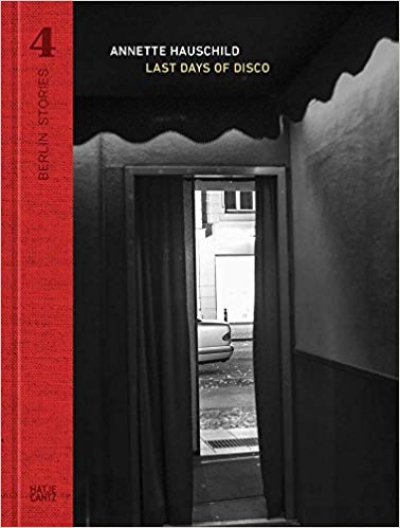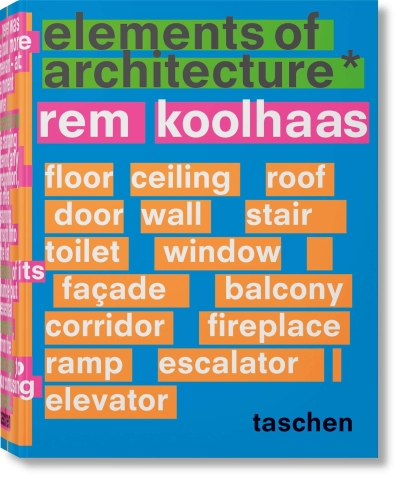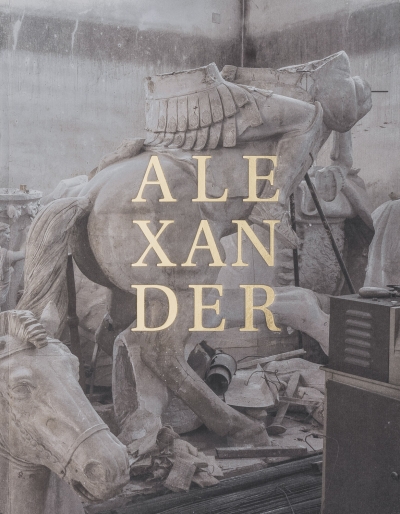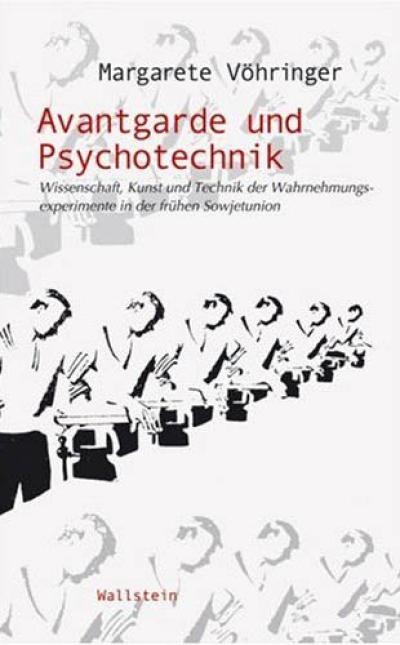
Avantgarde und Psychotechnik: Wissenschaft, Kunst und Technik der Wahrnehmungsexperimente in der frühen Sowjetunion
Kurz vor dem 90. Jubiläum der sozialistischen Oktoberrevolution wagt Margarete Vöhringer einen neuen Blick auf die darauf folgenden 20er Jahre. Statt die Umwälzung der Machtverhältnisse in Russland entlang von ideologischen Debatten zu beschreiben, geht sie einer noch wenig bekannten, folgenreichen Verbindung nach: Avantgarde und Psychotechnik. Sie richtet dabei ihr Augenmerk auf die Praktiken der Künstler und Wissenschaftler, die diesen beiden Bereichen angehörten, vergleicht ihre Labore und Werkstätten, Apparate und Experimente: Das Experiment der Moderne mehr als bloße Utopie, es war unerschrockene Praxis.
Die drei wichtigsten Protagonisten dieser Studie gelten bislang als geheime Hauptfiguren der Avantgarde: der Architekt Nikolaj Ladovskij, der für sein "Psychotechnisches Labor für Architektur" eigens Wahrnehmungsapparate baute; der Filmemacher Vsevolod Pudovkin, der in Ivan Pavlovs Labor einen Film drehte und dabei nicht nur mit Tieren experimentierte; der Philosoph Aleksandr Bogdanov, der kollektive Bluttransfusionen durchführte, um psychisch erkrankte Arbeiter zu heilen. Ergänzt werden ihre außergewöhnlichen Experimente durch Bezüge zu den viel berühmteren Kollegen Vassily Kandinsky, Le Corbusier, Vladimir Tatlin, El Lissitzky und Dziga Vertov.
Die so unterschiedlich scheinenden Ansätze zeugen alle von einer Experimentalkultur, die ganz alltägliche Mittel fand, Menschen miteinander in Verbindung zu setzen, ihre Gedanken in Einklang zu bringen, sie zu einem Kollektiv zu vereinen. In der frühen Phase des Sozialismus offenbart sich, wie subtil Macht jenseits der Staatsapparate wirken kann - in Kunst, Erziehung, Unterhaltung und Fortbewegung. Im Design und Personalmanagement sind die Folgeerscheinungen dieser Psychotechniken der Künste bis in die heutige Zeit auch außerhalb Russlands, vor allem in den Industrieländern, anzutreffen. Wie viel ihre Ästhetik einem untergegangenen Gesellschaftssystem und einer radikalen Kunst verdankt, das zeigt diese umfassend.















